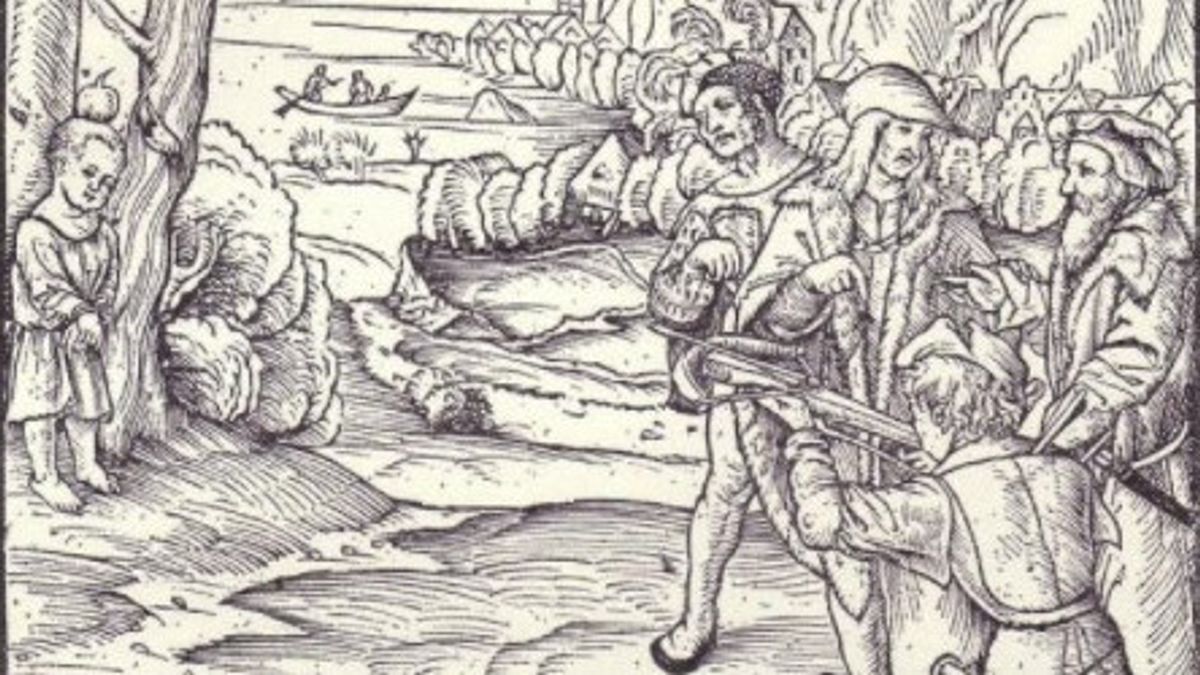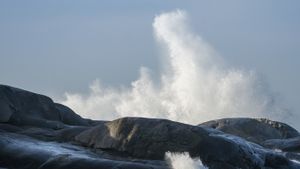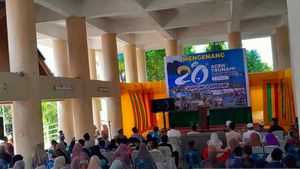JAKARTA - November 18, 1307 was a tense day for William Tell. He was ordered to shoot the apple that was placed on his son's head. The order came from the Austrian leader, Albrecht Gessler who was in Switzerland. Although fictional, Tell and the events have become legends. The legend also contributed to the victory of Swiss independence from Austria.
William Tell is a hero of the Swiss people. His legend is recorded in 15th-century Swiss chronicles. William Tell's story dates back to the Old Swiss Confederation in the early 14th century. According to legend, William Tell was a master of arrows. He managed to kill Gessler, the tyrant of the Austrian Habsburgs stationed in Altdorf, Uri. Together with Arnold Winkelried, Tell became a central figure of Swiss patriotism that was built up during the restoration of the confederation after the Napoleonic era.
There are several legendary stories related to Wiliiam Tell. The earliest sources provide accounts of the apple archery, Tell's escape and the ensuing rebellion. Gessler's murder is not mentioned, but is often part of the story. The legend that is often told is when William Tell shot the apple that was over his son's head.
Quoting Keep in Calendar, Wednesday, November 18, at that time, a leader from Austria tried to dominate Uri. He is Albrecht Gessler. He built a pillar on the village square, hung a hat on it, and asked all the townspeople to bend over the hat. At that time, William Tell was visiting Altdorf with his young son and passed the hat. Both of them publicly refused to submit to the hat. Hence, William Tell was arrested.
Gessler was attracted to William Tell's archery skills, but resented his defiance. Therefore, Gessler made a cruel punishment. William Tell and his son were executed, although both were able to redeem their lives by shooting an apple from the head of their son, Walter, at one time.
But Gessler noticed William Tell had removed two arrow bolts from his quiver. Before releasing Tell, Gessler asked why the bolt had been removed. Tell replied that if he missed and the arrow hit his son, he would use the second bolt to kill Gessler. Gessler is angry and makes orders to tie up Tell. He is taken aboard Gessler's ship to be taken to his court on Küssnacht to spend his newly won life in the dungeon.
However, when the storm hit Lake Lucerne, the soldiers feared their boat would collapse. The untied William Tell directed all of his strength. Tell seized the opportunity to escape, jumping from the boat into the rocky area now known as Tellsplatte and immortalized by Tellskapelle.
Tell across the country to Küssnacht. When Gessler arrives, William Tell kills him with arrows along the path that pierces the rock between Immensee and Küssnacht, now known as Hohle Gasse. Tell's attack for freedom sparked a rebellion, in which he played a major role. It gave a boost to the nascent Swiss Confederation.
William Tell fought again against Austria in the Battle of Morgarten in 1315. Tschudi also has a record of William Tell's death in 1354, according to which he was killed while trying to save a child drowned in the Schächenbach River in Uri. William Tell literally stands as a symbol of political freedom. There is a bronze statue of him in Uri, a mountain village that is the birthplace of modern Switzerland.
The English, Chinese, Japanese, Arabic, and French versions are automatically generated by the AI. So there may still be inaccuracies in translating, please always see Indonesian as our main language. (system supported by DigitalSiber.id)










